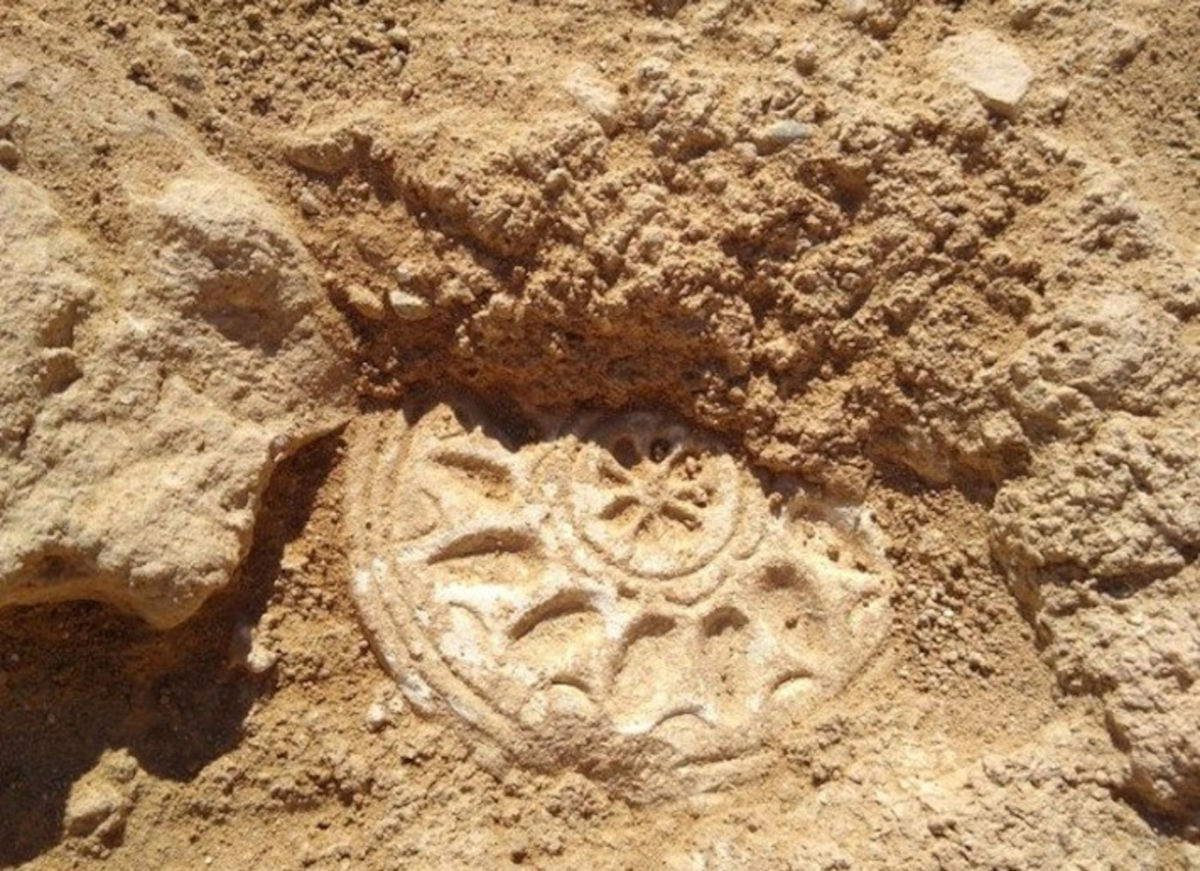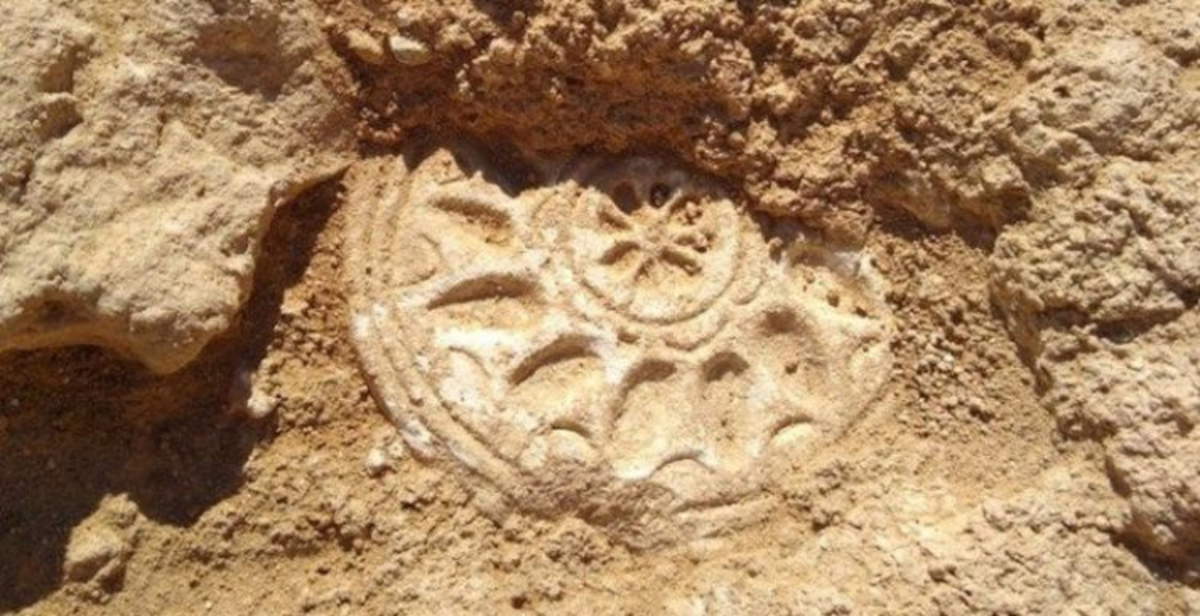The 19th season of archaeological excavations in the Pyla-Vigla locality (Larnaca district, Cyprus), conducted by the Pyla-Koutsopetria Archaeological Program (PKAP) during June and July 2025, has concluded. This year’s campaign was directed by Brandon R. Olson of Metropolitan State University of Denver, Melanie Godsey of Trinity University, and Tom Landvatter of Reed College. The operation confirmed and deepened previous knowledge about one of the most important Hellenistic sites in the Larnaca region, highlighting the complexity of the housing structures and the military nature of the community that resided there. The Pyla-Vigla site, already known in previous years for revealing a fortified settlement from the Hellenistic period, stands on a steep rise overlooking the Gulf of Larnaca. Previous campaigns had already documented extensive fortification work, arrows and lead slingshot projectiles, as well as tools suggesting local weapons production. The discovery of architectural artifacts, pottery and coins places the site’s frequentation between the late 4th and early 3rd centuries BCE.
Field activities in 2025 focused on the analysis of the settlements in the center of the promontory. The remains of at least four buildings were identified. The largest, a rectangular building along the northern area of the excavations, comprised a series of regular rooms that, in the later phases of occupation, were subdivided by transverse walls. Toward the south, separated by a paved alley, another building with a similar arrangement emerged, facing east, while to the west was a building characterized by a large room with a central row of stone supports. An additional area to the east revealed the foundations of a building oriented differently from the others, suggesting an independent building phase or later modifications.



Ceramic finds include kitchenware, tableware, and everyday objects, while metal tools document the performance of domestic activities such as food preparation, drinking, and personal care. However, the presence of plastered floors, drainage channels, stone tanks and numerous amphorae scattered throughout the rooms indicate that some spaces were dedicated to storage or craft production. The large quantity of bronze, lead and iron weapons reiterates the military character of the community. The totality of the data points to a settlement in which the daily lives of members of the military community alternated between domestic tasks, production activities and defense functions. The 2025 discoveries offer additional elements for understanding the social and functional structure of a Hellenistic military settlement in Cyprus. The combined analysis of living structures, objects of use and war tools allows reconstructing an articulated picture of life in a community that had to balance housing, productive and strategic needs.
PKAP, with the joint direction of the U.S. universities involved, thus continues its efforts in the enhancement and documentation of Cypriot Hellenistic sites. The integration of the data collected this year will enable the development of more in-depth studies of community life mechanisms, productive practices and the strategic role of fortifications. In particular, the documentation of the buildings’ internal structures, storage systems and weapons finds offers fundamental insights into how the daily life of a military group was articulated between domestic management, economic activities and defensive needs. The detailed examination of the living spaces made it possible to observe the structural evolution of the various buildings and to identify the specific functions of the different rooms. The data collected thus enrich the existing archaeological record, providing a more coherent picture of the complexity of a Hellenistic-era fortified settlement in Cyprus.
 |
| Excavations at Pyla-Vigla (Cyprus) concluded: new findings on Hellenistic military life |
Warning: the translation into English of the original Italian article was created using automatic tools. We undertake to review all articles, but we do not guarantee the total absence of inaccuracies in the translation due to the program. You can find the original by clicking on the ITA button. If you find any mistake,please contact us.